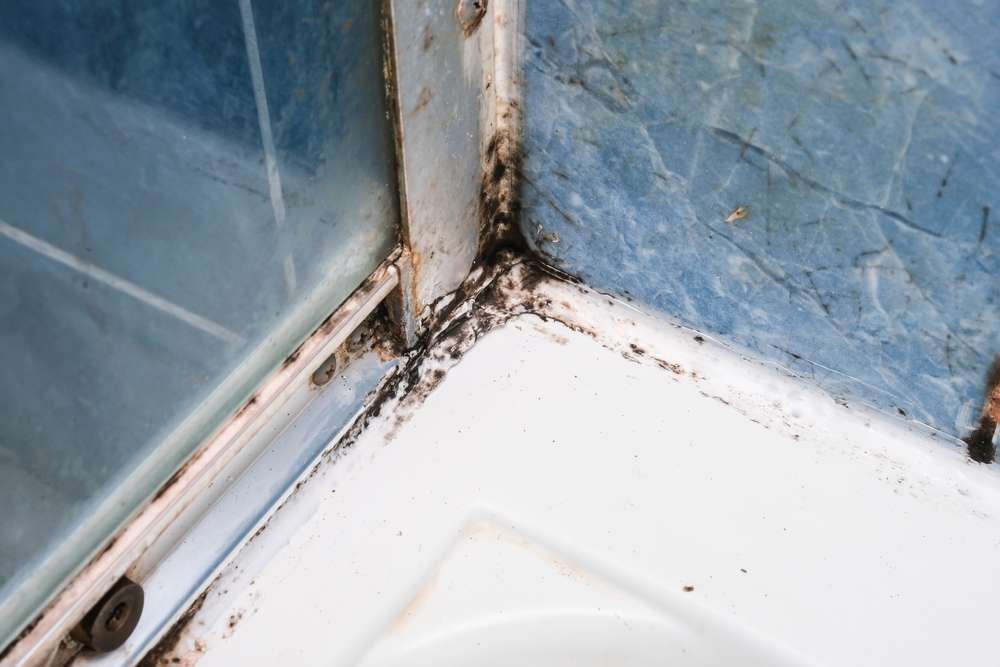Effective Techniques for Shower Mold Removal and Prevention
Dealing with shower mold is a common household challenge that requires prompt attention. Beyond being unsightly, mold in bathroom environments can potentially affect indoor air quality and cause structural issues if left untreated. Understanding effective removal techniques and preventive measures can help maintain a clean, healthy shower environment.

Mold in showers is a persistent problem for many homeowners, appearing as black, green, or sometimes pink spots in grout lines, on shower curtains, and around fixtures. The warm, humid environment of bathrooms creates ideal conditions for mold growth. Addressing this issue requires both effective cleaning methods and preventive strategies to ensure long-term success. With the right approach, you can eliminate existing mold and significantly reduce the likelihood of future outbreaks.
Quick Solutions for Shower Mold Removal
When mold appears in your shower, acting quickly can prevent its spread to other areas. For light mold infestations, a solution of equal parts white vinegar and water in a spray bottle offers an effective natural remedy. Spray the affected areas generously, allow it to sit for 30 minutes, and scrub with a brush before rinsing. For more stubborn cases, commercial mold removers containing hydrogen peroxide or bleach-based solutions can be more effective. Always ensure proper ventilation when using these products and wear protective gloves to prevent skin irritation.
For grout lines specifically, make a paste using baking soda and water. Apply this paste directly to the moldy grout, let it sit for 10-15 minutes, then scrub with an old toothbrush or grout brush. This method helps lift mold from porous surfaces where it tends to embed deeply. For shower curtains and liners, most fabric and plastic varieties can be machine washed with detergent and a cup of white vinegar to eliminate mold effectively.
Professional vs. DIY Shower Mold Removal
While many shower mold situations can be handled independently, some cases warrant professional intervention. DIY methods are typically sufficient for surface mold on non-porous materials like tile or fiberglass. However, if mold has penetrated deeply into grout, caulking, or behind walls, professional remediation may be necessary. Professionals use specialized equipment to detect hidden moisture sources and employ industrial-grade antimicrobial treatments that reach areas inaccessible to homeowners.
The cost difference between DIY and professional approaches is significant. DIY solutions generally range from $10-$50 for cleaning supplies, while professional mold remediation for a bathroom typically costs between $500-$1,500 depending on the extent of the problem. However, professional services often include moisture source identification and repair recommendations that prevent future issues, potentially saving money long-term. If you notice a persistent musty odor despite cleaning or if mold returns quickly after removal, these are signs that professional assessment may be warranted.
Preventive Measures to Keep Shower Mold Away
Prevention is the most cost-effective strategy for managing shower mold. Improving bathroom ventilation ranks as the most important preventive measure. Run an exhaust fan during and for 30 minutes after showering, or open a window if no fan is available. For bathrooms without windows or fans, consider installing a dehumidifier to reduce moisture levels.
Daily maintenance significantly reduces mold growth potential. After showering, use a squeegee on walls and glass doors to remove excess moisture. Keep a microfiber cloth handy to wipe down faucets and fixtures. These simple habits dramatically reduce the available moisture that mold spores need to thrive. Additionally, applying mold-resistant sealants to grout lines annually creates a protective barrier against moisture penetration.
Effective Products for Shower Mold Treatment
Several commercial and DIY solutions have proven effective against shower mold. Understanding their applications can help you choose the right product for your specific situation.
| Product Type | Examples | Best For | Cost Range |
|---|---|---|---|
| Natural Solutions | White Vinegar, Tea Tree Oil | Light mold, Regular maintenance | $3-$15 |
| Commercial Cleaners | Tilex Mold & Mildew, RMR-86 | Moderate to heavy mold | $5-$25 |
| Preventive Sprays | Method Daily Shower, Wet & Forget | Daily maintenance | $5-$20 |
| Professional Strength | Concrobium Pro, Foster 40-80 | Severe cases, Large areas | $30-$70 |
Prices, rates, or cost estimates mentioned in this article are based on the latest available information but may change over time. Independent research is advised before making financial decisions.
When selecting products, consider the surface material being treated. Bleach-based products work well on non-porous surfaces but can damage colored grout and natural stone. Hydrogen peroxide provides a gentler alternative that’s effective on most bathroom surfaces. For those preferring eco-friendly options, a spray bottle filled with undiluted white vinegar or a tea tree oil solution (10 drops per cup of water) offers antimicrobial benefits without harsh chemicals.
Health Considerations and Mold Removal Safety
When addressing shower mold, safety precautions are essential. Always work in a well-ventilated area, opening windows and running exhaust fans when using cleaning chemicals. Wear rubber gloves to protect skin from both mold spores and cleaning agents. For more extensive mold problems, consider wearing an N95 respirator mask to prevent inhalation of airborne spores during cleaning.
People with respiratory conditions, allergies, or compromised immune systems should take extra precautions when dealing with mold. In these cases, it’s often advisable to have someone else handle the cleaning or to hire professionals. Never mix cleaning chemicals, particularly bleach and ammonia, as this can create toxic fumes. Keep children and pets away from areas being treated until surfaces are thoroughly rinsed and the space has been well-ventilated.
Shower mold removal requires a combination of effective cleaning techniques, appropriate products, and consistent preventive measures. By addressing existing mold promptly and implementing strategies to control moisture, you can maintain a clean, healthy shower environment. For persistent or extensive mold problems, don’t hesitate to consult with professionals who can identify underlying moisture issues and provide comprehensive remediation solutions.
This article is for informational purposes only and should not be considered medical advice. Please consult a qualified healthcare professional for personalized guidance and treatment.




